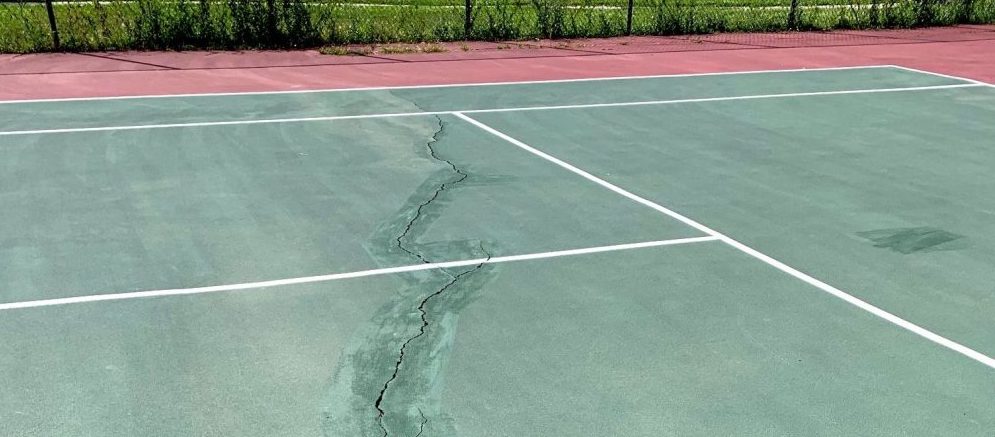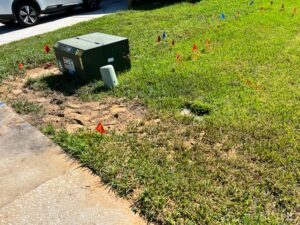Actions that a homeowner might take to make an HOA maintain the community common areas depend on the reason the HOA is not already doing so. The homeowner might want to attempt, for example, to:
- Write your complaint to the board of directors
- Attend board meetings and bring your concerns up so it is part of HOA official records
- Start a petition within the community demanding repairs be made
- File a lawsuit against the HOA.
If the HOA is seemingly not meeting the common area maintenance and repair obligations it’s responsible for, try to resolve the problem through (civil!) discussions with the HOA. Meet with the board of directors to discuss the problem.
In such a meeting, you’ll want to start by listening to whether there’s a valid reason for the HOA’s failure to properly maintain the common areas. This might inform you about the timeline for fixes and reassure you that they’re in the works.
But perhaps there isn’t a good reason. To bolster your case, bring along the provisions of the governing documents that set forth the HOA’s maintenance responsibilities. Also bring evidence of the neglect you’re concerned with (such as photos of overgrown grass, trash, cracks in amenities in common areas and record of complaints.)
Ideally, the board will note your complaints and fix the problems. If not, discovering the background of the situation, and the HOA’s reasons for the lack of maintenance, will put you in a better position to assess what further action you might wish to take.
Bringing a Lawsuit Against the HOA
Another option for a homeowner seeking to make the HOA take action might be to initiate legal action. Your rights in such a lawsuit will depend on whether or not the HOA is performing the duties and functions required of it in the community’s governing documents (as well as any requirements under state and federal law).
For example, a homeowner might initiate a lawsuit against the HOA based on the legal theories of breach of fiduciary duty, breach of covenant, negligence, or a combination of these.
The best course of action is to always first discuss your concerns with your board of directors, put it in writing and try to resolve the issue.





















Add comment
You must be logged in to post a comment.